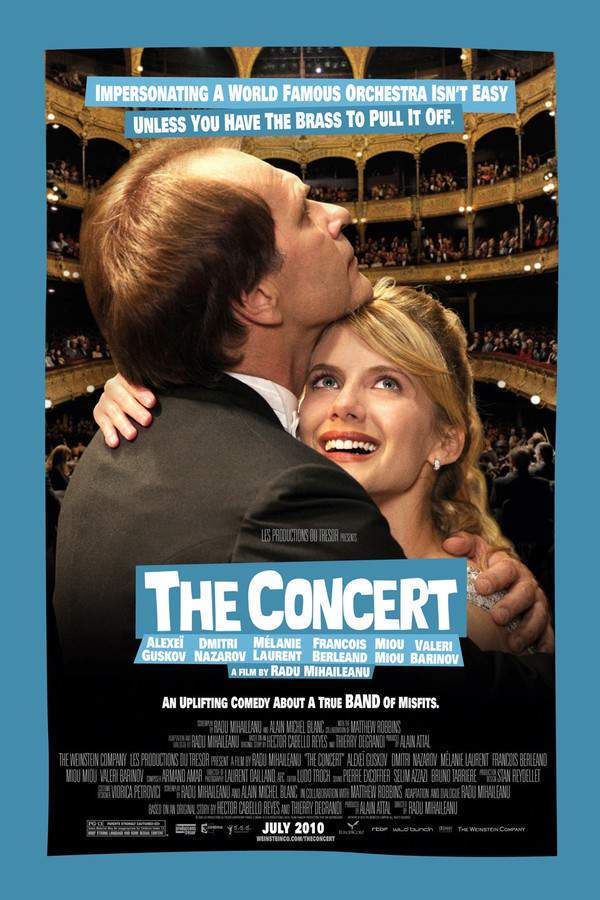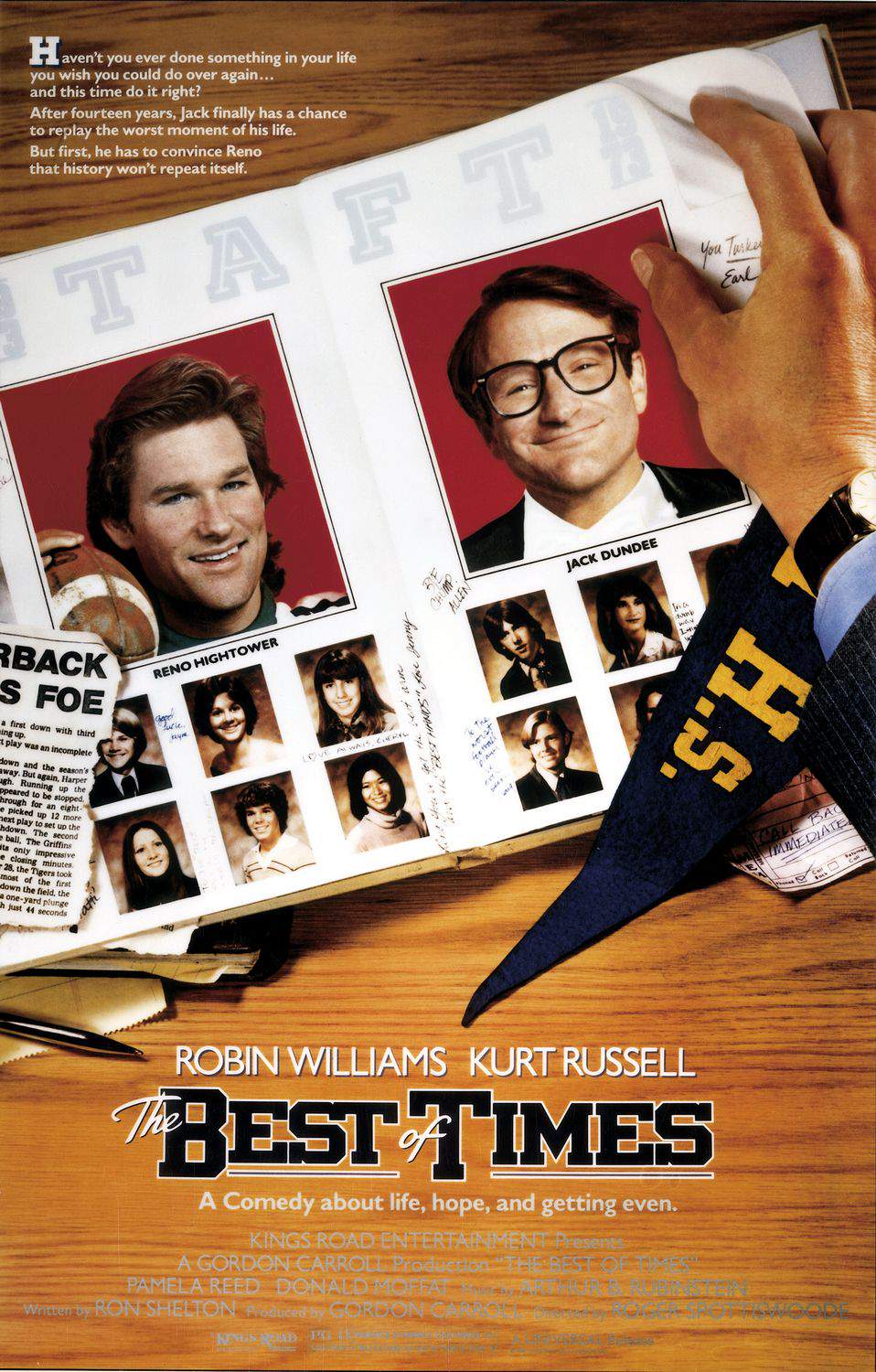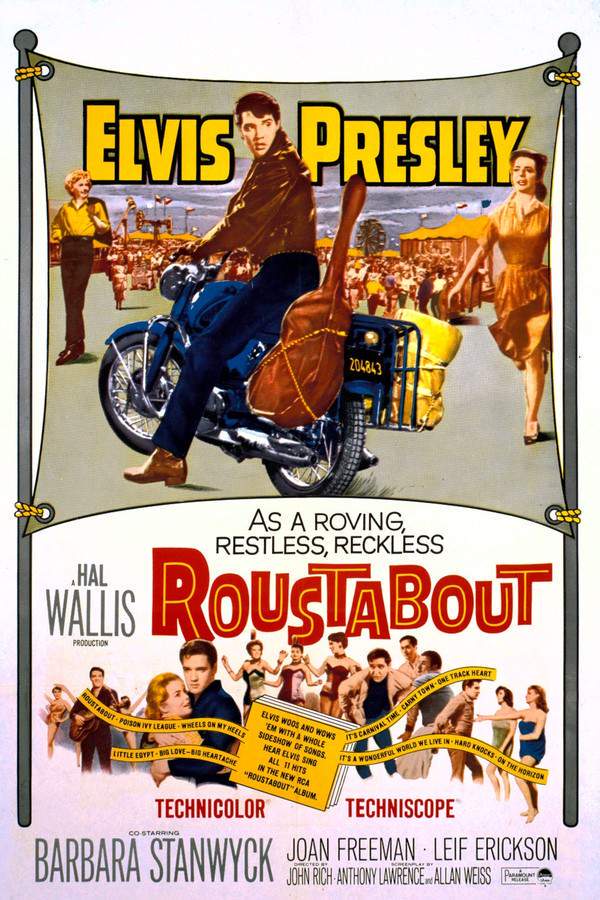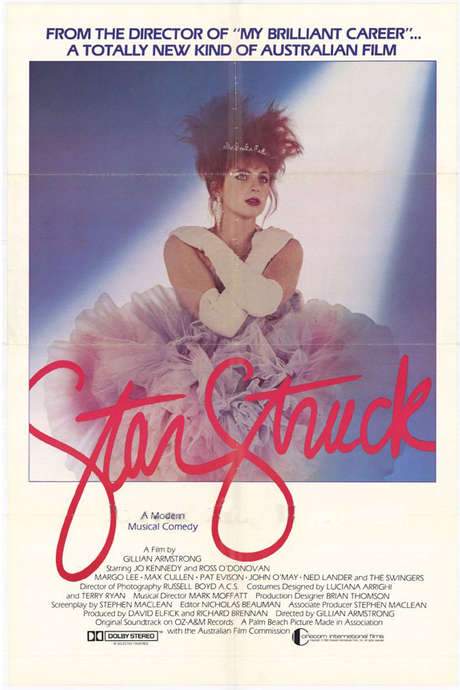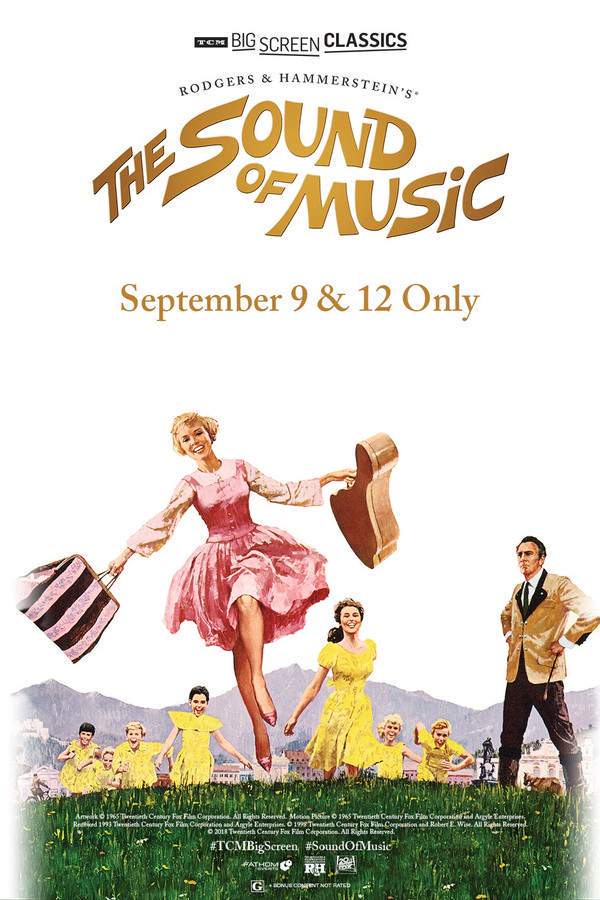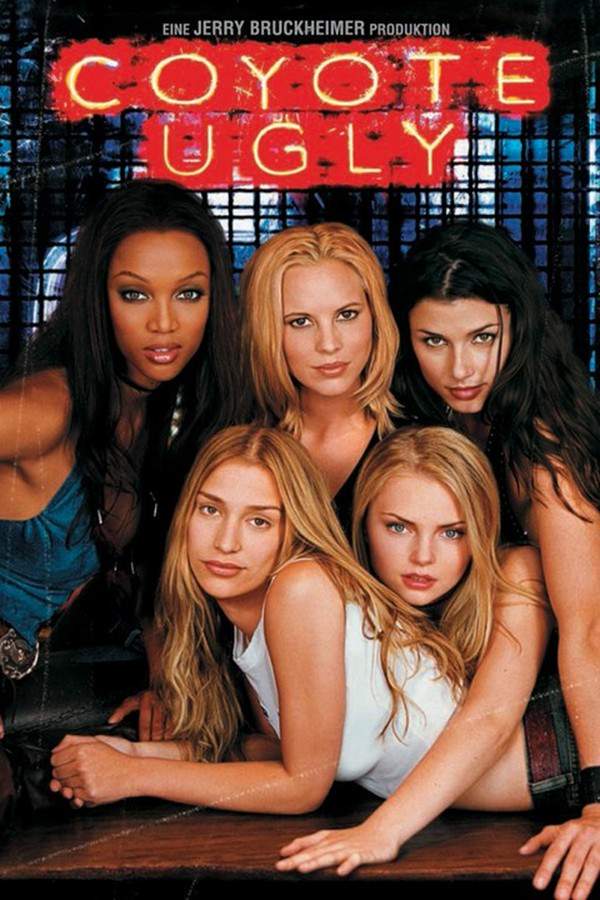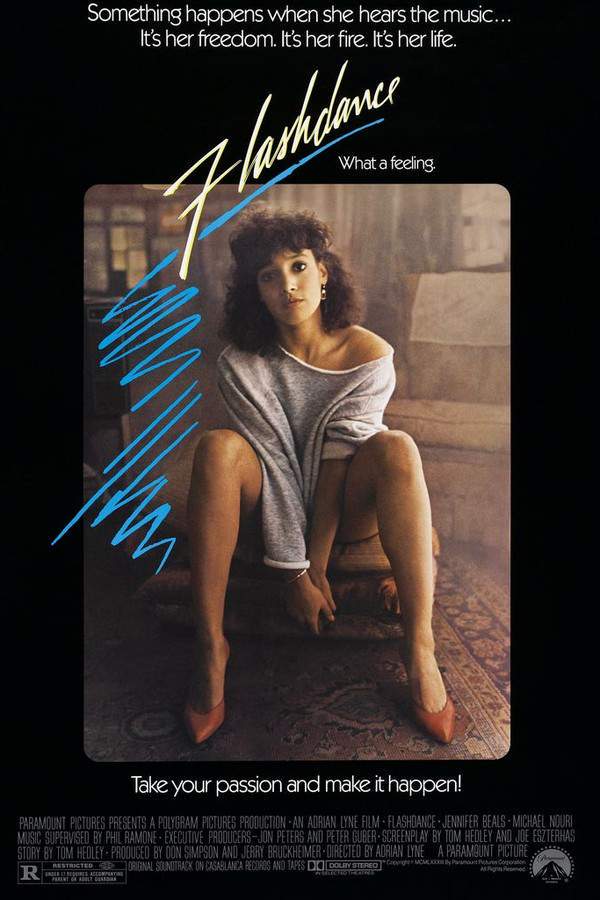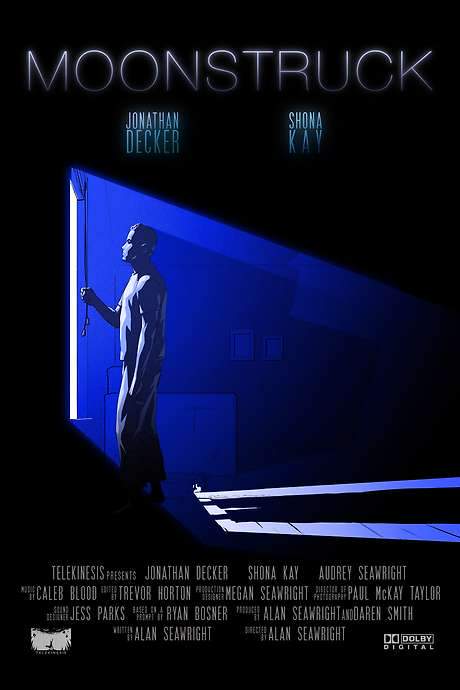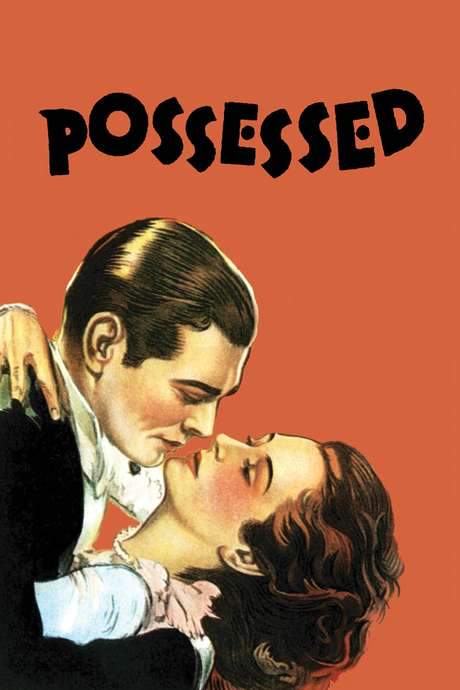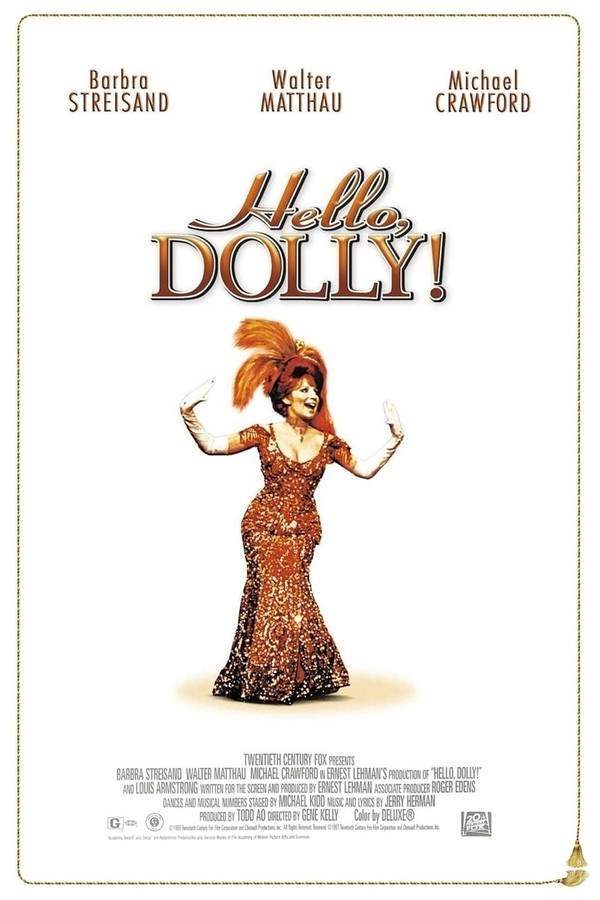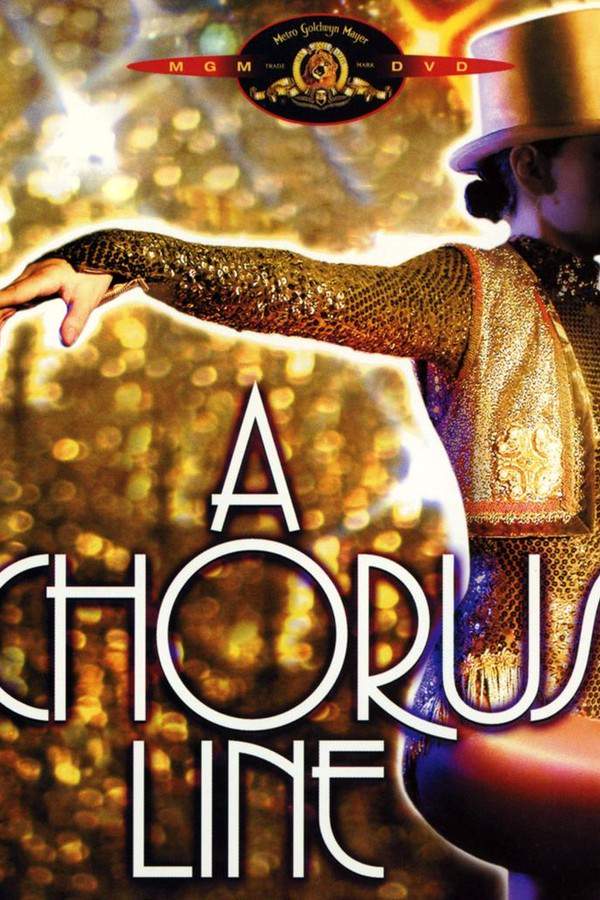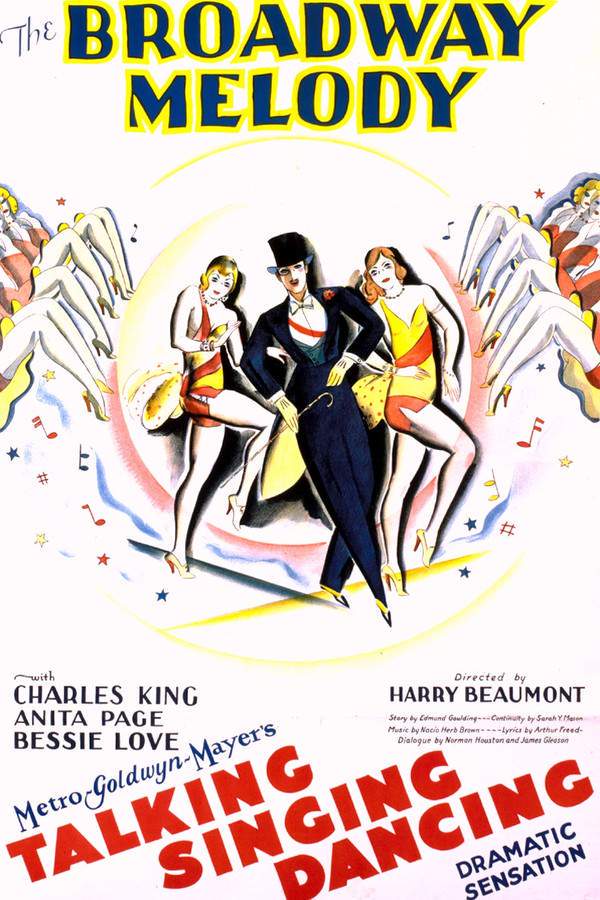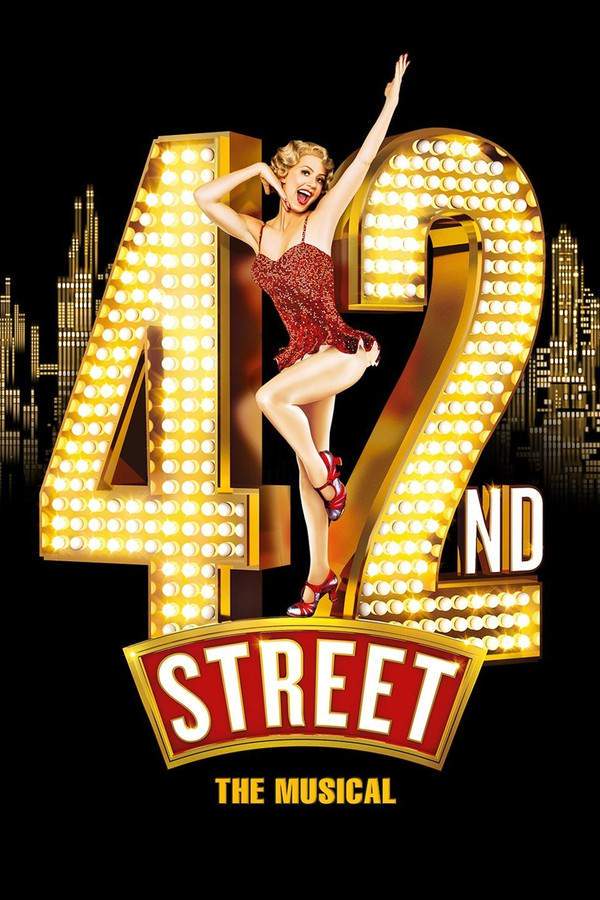
42nd Street
Year: 1933
Runtime: 89 min
Language: british english
Director: Lloyd Bacon
A young dancer from small-town Pennsylvania arrives in New York City with dreams of Broadway stardom. When the leading lady of a new musical suffers an injury, this fresh-faced performer unexpectedly finds herself thrust into the spotlight. Navigating the challenges and excitement of show business, she must prove her talent while also finding love and discovering the true meaning of perseverance and dedication in the dazzling world of the stage.
Warning: spoilers below!
Haven’t seen 42nd Street yet? This summary contains major spoilers. Bookmark the page, watch the movie, and come back for the full breakdown. If you're ready, scroll on and relive the story!
42nd Street (1933) – Full Plot Summary & Ending Explained
Read the complete plot breakdown of 42nd Street (1933), including all key story events, major twists, and the ending explained in detail. Discover what really happened—and what it all means.
In New York City, during the challenging times of the Great Depression, stage director Julian Marsh finds himself in dire straits as his theater suffers from low attendance, leaving him completely broke. He eagerly seizes the chance to direct the musical comedy Pretty Lady, written by Jones and Barry. With his health seemingly failing—most likely due to cancer—Marsh hopes that the success of this show will secure his financial future for the remaining days of his life.
The auditions yield two standout performers for the leading roles: Dorothy Brock, chosen by the show’s producer, Abner Dillon, and Billy Lawler, a talented juvenile actor. Billy quickly develops a soft spot for the inexperienced Peggy Sawyer, a newcomer to major Broadway productions. He kindly helps Peggy to calm her nerves during the tryouts, as many of their fellow chorus members remain unfriendly towards her. However, Peggy finds support from chorines Anytime Ann and Lorraine Fleming, the girlfriend of choreographer Andy Lee, and all three women eventually secure spots in the chorus.
As rehearsals progress, Marsh uncovers a troubling situation: Dorothy is playing both sides, being romantically involved with her former partner, Pat Denning, while still tied to Abner. To prevent Abner from discovering the truth and pulling his financial backing, Marsh resorts to intimidation tactics against Pat. However, Pat decides to end things with Dorothy to focus on building his own career in Philadelphia.
After weeks of rehearsals, the company heads to Philadelphia to premiere the show. Dorothy, upon seeing Pat with Peggy, feels a pang of jealousy despite their innocent friendship. At a pre-opening party, Dorothy drinks too much and has a confrontation with Abner, which leads to him threatening to withdraw his support. To remedy the situation, Marsh negotiates a truce that hinges on Dorothy’s apology.
When Dorothy invites Pat over to her hotel room to discuss their relationship, she becomes unruly under the influence of alcohol. Peggy Sawyer, upon overhearing a conversation about Marsh’s plans to sideline Pat, rushes to inform him. During the commotion, Dorothy injures her ankle, jeopardizing her role as the leading lady right before the performance.
On opening day, Abner reveals a new lead, Anytime Ann, but she insists that only Peggy can truly carry the show. Surprised by Peggy’s growth, Marsh decides to give her the chance and works intensively with her on her acting, singing, and dancing skills.
Just before Peggy’s debut, she receives warm encouragement from both Billy and a now-convalescing Dorothy, who has resolved to marry Pat. Marsh gives Peggy a powerful pep talk, stating: > “Sawyer, you’re going out a youngster, but you’ve got to come back a star!”
The grand spectacle features lavish musical numbers, culminating in Peggy’s unforgettable performance of ‘42nd Street’. As the curtain falls on the play, an exhausted Julian Marsh finds a moment of respite seated on the theater’s back steps, listening to patrons mention, “Marsh will probably say he discovered her. Some guys get all the breaks.”
Last Updated: June 11, 2025 at 06:37
Explore Movie Threads
Discover curated groups of movies connected by mood, themes, and story style. Browse collections built around emotion, atmosphere, and narrative focus to easily find films that match what you feel like watching right now.
Showbiz Underdog Stories like 42nd Street
Stories of ambitious newcomers who get their big break against all odds.If you loved the story of Peggy Sawyer in 42nd Street, you'll enjoy these other movies about ambitious newcomers getting their big break. Discover similar stories of backstage drama, mentorship, and triumphant opening nights in these hopeful and uplifting films about the world of performing arts.
Narrative Summary
Narratives in this thread follow a classic underdog arc: an inexperienced but talented individual enters a competitive world, faces setbacks, and is given a sudden opportunity to prove themselves. The climax often revolves around a single, high-stakes event where they must overcome their doubts and succeed.
Why These Movies?
These films are grouped together because they share a hopeful, optimistic tone centered on ambition and perseverance. They blend the realistic pressures of a professional environment with the glamour and excitement of performance, creating an ultimately uplifting and satisfying emotional journey.
Hopeful and Nostalgic Escapist Musicals like 42nd Street
Energetic and glamorous stories that offer uplifting escape from hard times.Fans of the hopeful, nostalgic glamour in 42nd Street will appreciate these other movies. Find similar films that blend energetic musical numbers with an uplifting, escapist vibe, offering a celebratory and optimistic look at artistry and community during challenging eras.
Narrative Summary
Stories in this thread are often set against a backdrop of societal difficulty but focus on the transformative power of art, performance, or community. The narrative uses spectacle, music, and romantic subplots to build a world of optimism, providing a heartwarming escape for the audience.
Why These Movies?
These movies are connected by their shared ability to uplift the spirit. They possess a specific mix of nostalgic charm, energetic pacing, and a fundamentally hopeful tone that makes them comforting and joyous to watch, perfect for when you need a dose of optimistic escapism.
Unlock the Full Story of 42nd Street
Don't stop at just watching — explore 42nd Street in full detail. From the complete plot summary and scene-by-scene timeline to character breakdowns, thematic analysis, and a deep dive into the ending — every page helps you truly understand what 42nd Street is all about. Plus, discover what's next after the movie.
42nd Street Timeline
Track the full timeline of 42nd Street with every major event arranged chronologically. Perfect for decoding non-linear storytelling, flashbacks, or parallel narratives with a clear scene-by-scene breakdown.

Characters, Settings & Themes in 42nd Street
Discover the characters, locations, and core themes that shape 42nd Street. Get insights into symbolic elements, setting significance, and deeper narrative meaning — ideal for thematic analysis and movie breakdowns.

42nd Street Spoiler-Free Summary
Get a quick, spoiler-free overview of 42nd Street that covers the main plot points and key details without revealing any major twists or spoilers. Perfect for those who want to know what to expect before diving in.

More About 42nd Street
Visit What's After the Movie to explore more about 42nd Street: box office results, cast and crew info, production details, post-credit scenes, and external links — all in one place for movie fans and researchers.

Similar Movies to 42nd Street
Discover movies like 42nd Street that share similar genres, themes, and storytelling elements. Whether you’re drawn to the atmosphere, character arcs, or plot structure, these curated recommendations will help you explore more films you’ll love.
Explore More About Movie 42nd Street
42nd Street (1933) Scene-by-Scene Movie Timeline
42nd Street (1933) Movie Characters, Themes & Settings
42nd Street (1933) Spoiler-Free Summary & Key Flow
Movies Like 42nd Street – Similar Titles You’ll Enjoy
New York, New York (1977) Plot Summary & Ending Explained
Hello, Dolly! (1969) Complete Plot Breakdown
A Chorus Line (1985) Full Summary & Key Details
The Broadway Melody (1929) Spoiler-Packed Plot Recap
42nd Street (2019) Story Summary & Characters
Broadway Love (1918) Film Overview & Timeline
Two Girls on Broadway (1940) Ending Explained & Film Insights
Broadway Babies (1929) Story Summary & Characters
The Mayor of 44th Street (1942) Spoiler-Packed Plot Recap
Broadway Melody of 1940 (1940) Story Summary & Characters
Broadway Melody of 1936 (1935) Full Movie Breakdown
Dancing in the Dark (1949) Spoiler-Packed Plot Recap
Broadway Melody of 1938 (1937) Plot Summary & Ending Explained
Two Tickets to Broadway (1951) Spoiler-Packed Plot Recap
Glorifying the American Girl (1929) Full Movie Breakdown

